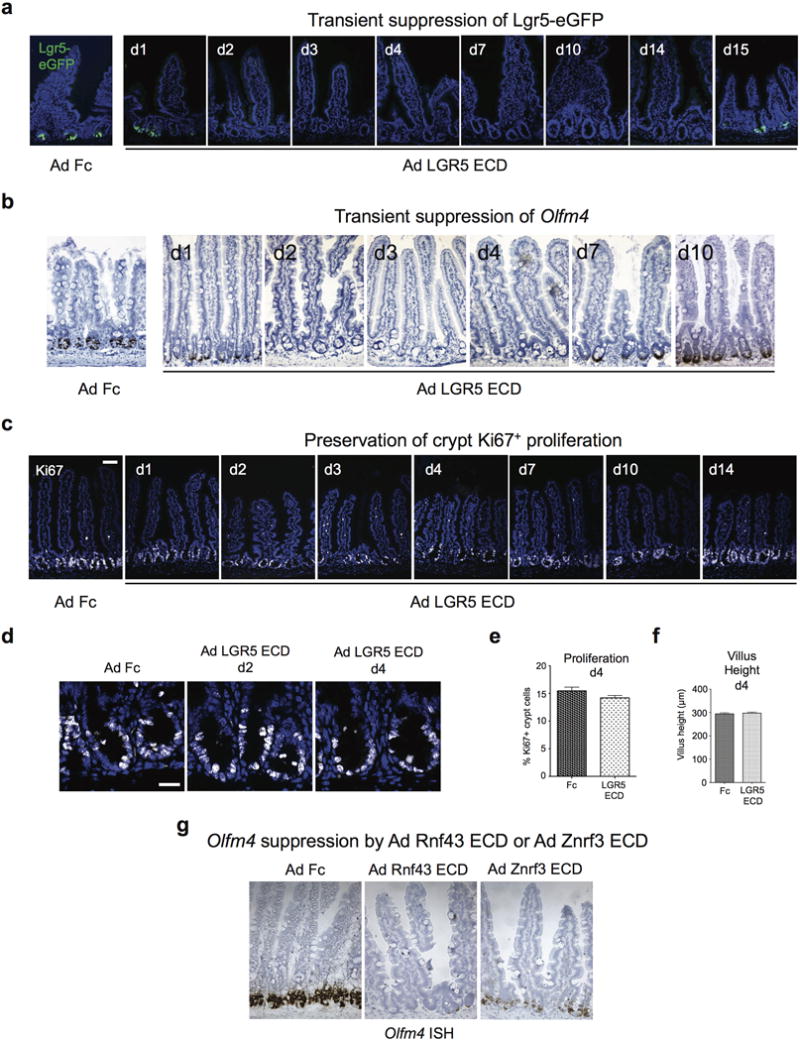Extended Data Fig. 2. Time course of Ad LGR5 ECD-induced ablation of Lgr5+ ISCs.

a, Lgr5-eGFP+ ISC signal is transiently lost from days 2–14 after single i.v. injection of Ad LGR5 ECD, correlating with duration of transgenic overexpression of LGR5 ECD in sera of mice. Note that LGR5 ECD does not ablate the crypt compartment despite loss of Lgr5-eGFP+ ISC signal. b, Crypt-based Olfm4 expression is transiently lost from days 2–7 after single i.v. injection of Ad LGR5 ECD. Olfm4 mRNA in situ hybridization. c, LGR5 ECD does not ablate crypt Ki67+ proliferation after Ad LGR5 ECD despite loss of Lgr5+ ISC signal. Bar = 50 mm. d, Higher magnification crypt images of Ki67+ cells after LGR5 ECD treatment. Bar = 20 mm. e, Quantitation of d. Error bars represent S.E.M., p=0.1215. f, Villus heights are not altered by LGR5 ECD. Error bars represent S.E.M., p=0.2971. g, Strong suppression of Olfm4 in situ hybridization is observed on day 3 following treatment of mice with either Ad Rnf43 ECD or Ad Znrf3 ECD. Jejunum is shown.
